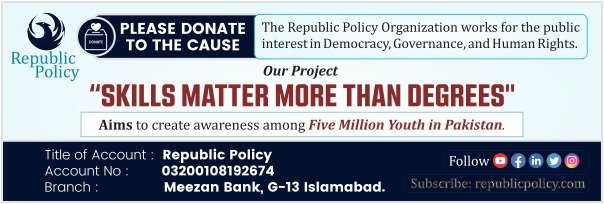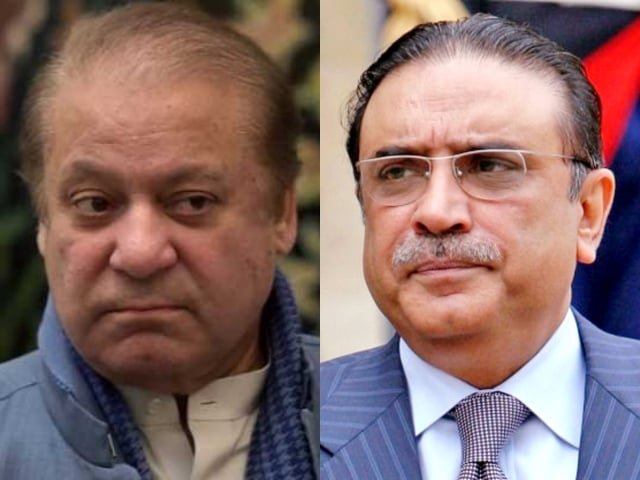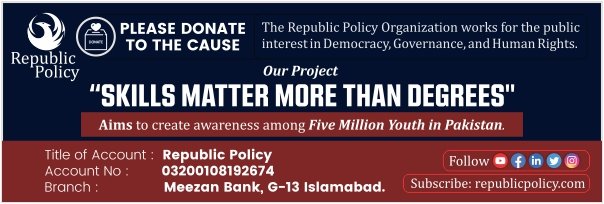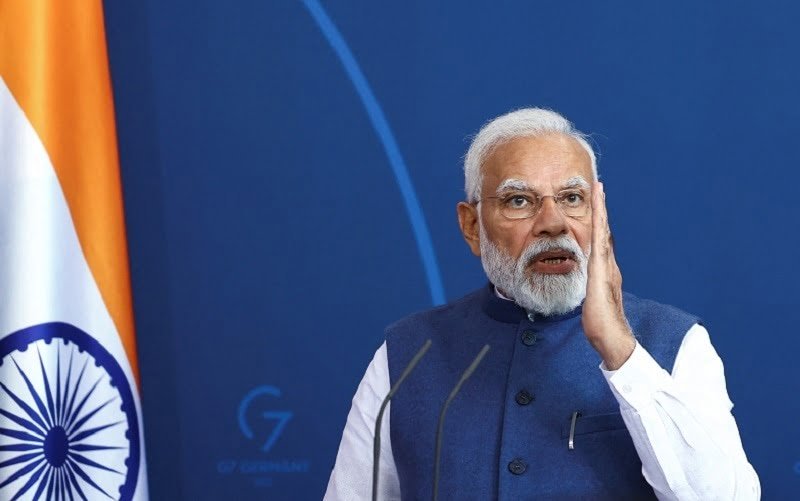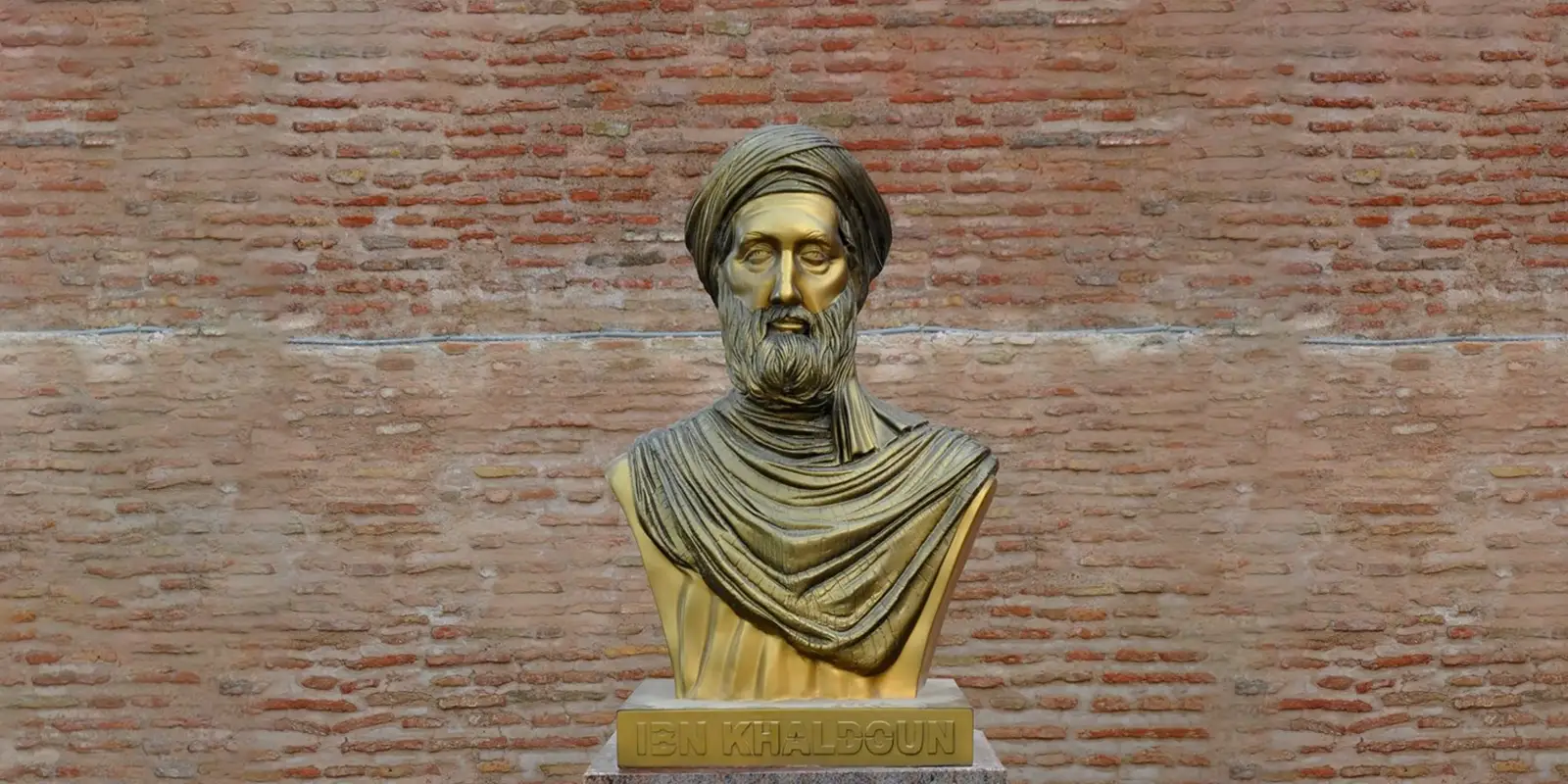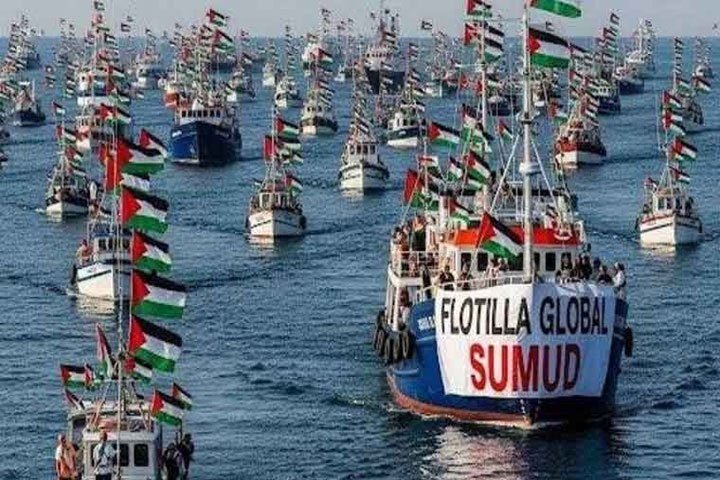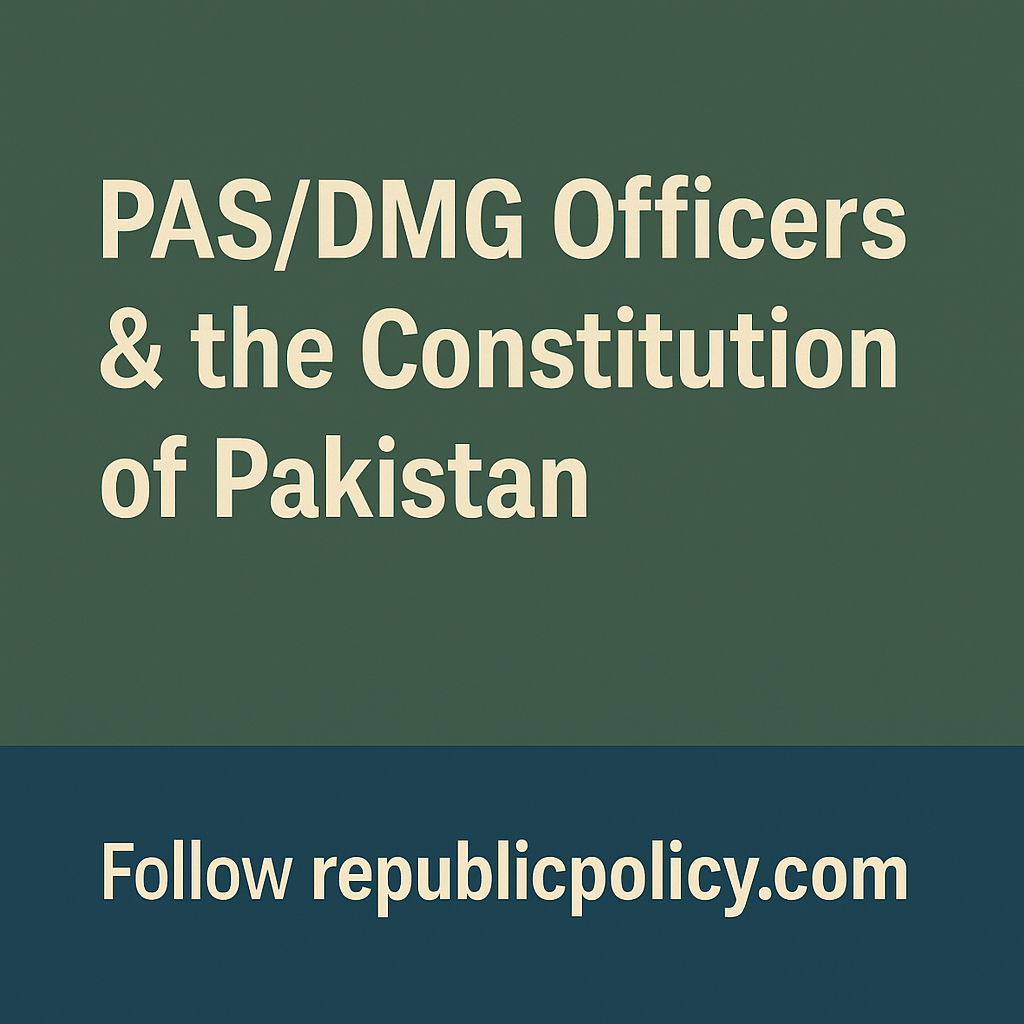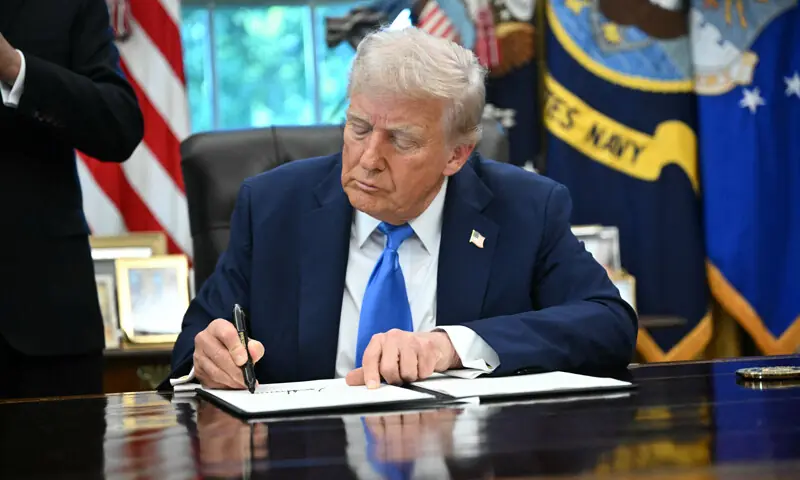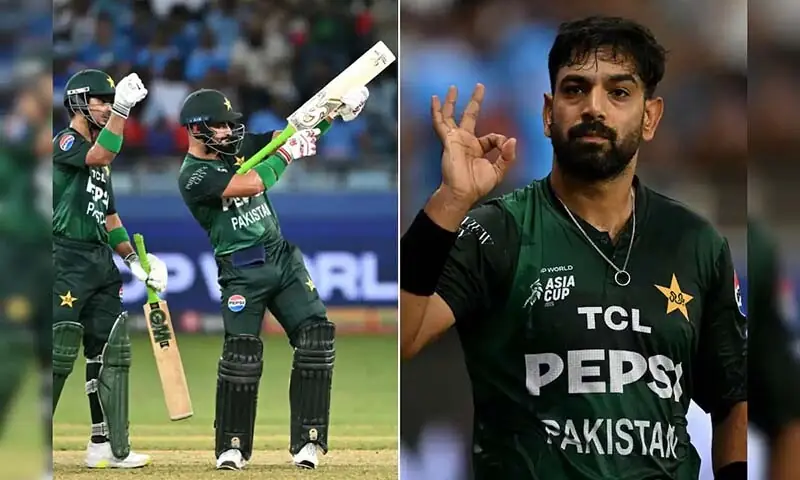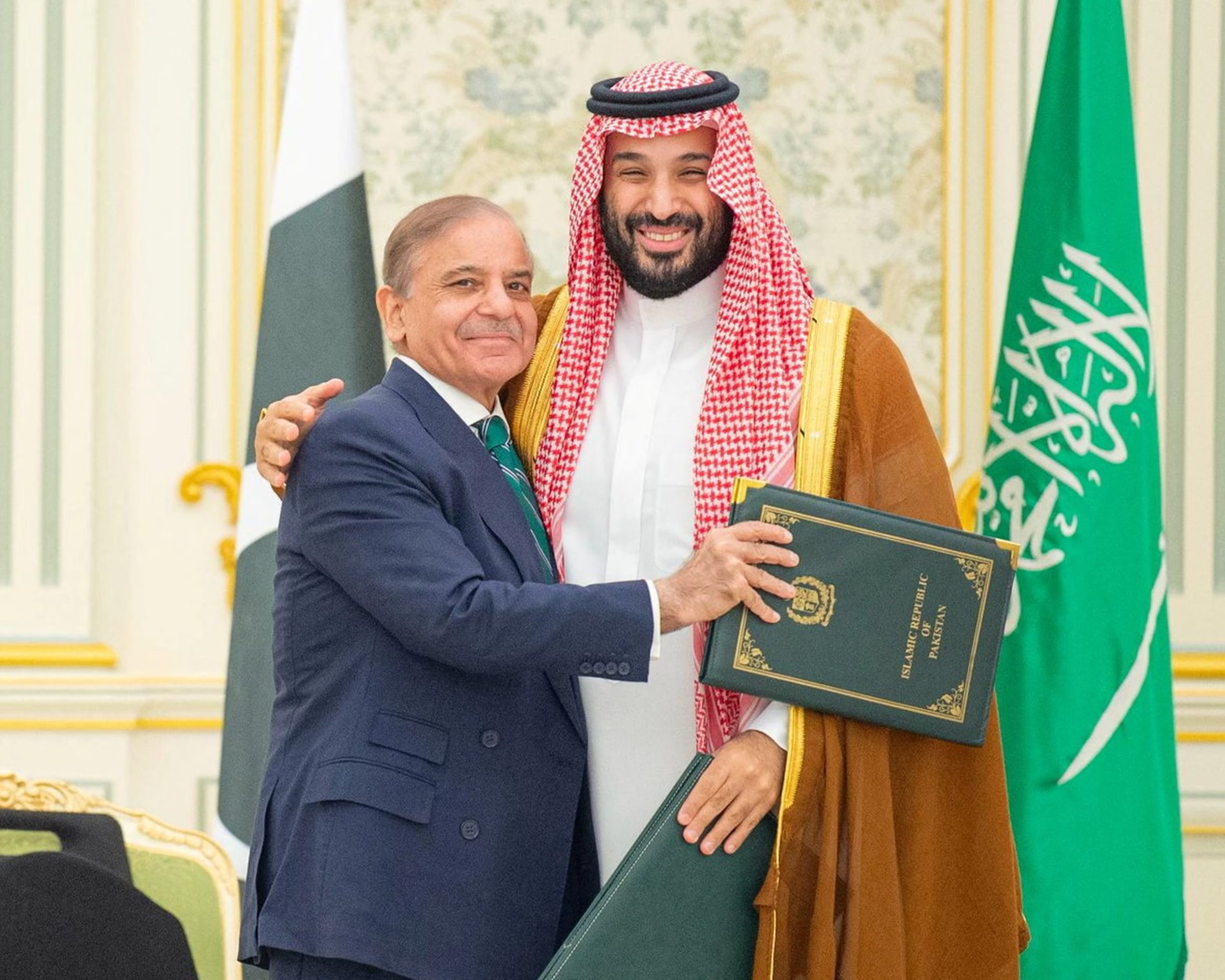Mubashar Nadeem
ISLAMABAD – A seemingly minor policy disagreement on flood relief between the two main coalition partners, the Pakistan Muslim League-Nawaz (PML-N) and the Pakistan Peoples Party (PPP), has rapidly devolved into a full-blown public spectacle, threatening the stability of the ruling alliance. What Law Minister Azam Nazeer Tarar initially dismissed as a “ghar ka mamla” (an internal family matter) has escalated to daily televised salvos and parliamentary walkouts, forcing President Asif Ali Zardari into intervention attempts to mend the deepening rift. The feud reveals profound underlying tensions between the two parties, centered on provincial jurisdiction, resource distribution, and political narratives.
The crisis ignited over the methodology for assisting flood-affected people in Punjab. The PPP, a traditional champion of social safety nets, insisted on utilizing the established Benazir Income Support Programme (BISP) to distribute aid. Several prominent PPP leaders, including Sherry Rehman and First Lady Aseefa Bhutto-Zardari, argued that the BISP, Pakistan’s crucial cash assistance program, was the “most effective” and “sole method” for rapid, non-politicized relief distribution. The PML-N-led Punjab government, however, strongly resisted, asserting its intention to use its own resources and questioning the program’s efficacy. This resistance was amplified when PML-N leader Rana Sanaullah called for a complete overhaul or even the wrapping up of the BISP, a national program seen as a flagship legacy of the PPP. This was immediately condemned by PPP leaders as “politicising” a time for solidarity.
The war of words took an aggressive turn with Punjab Information Minister Azma Bokhari’s sharp jibe at the PPP-led Sindh government, dismissing its suggestions by refusing to take advice from “those who turned Sindh into archaeological ruins.” The highest-ranking party members soon joined the fray: PPP Chairman Bilawal Bhutto-Zardari staunchly defended BISP, while Punjab Chief Minister Maryam Nawaz accused the PPP of exploiting the floods for political gain. Maryam, while paying lip service to the alliance, questioned BISP’s utility, dismissing its cash transfers as a “very simplistic solution” insufficient for citizens who had “lost their homes, cattle, and crops” and asking, “What will people do with just Rs10,000?”
The feud boiled over into a major constitutional and provincial rights dispute when Maryam Nawaz, in a fiery speech on September 29, resurrected the controversial Cholistan canals project—a long-standing bone of contention between Sindh and Punjab over water sharing. The project has been contentious since its approval by the Indus River System Authority (Irsa) and was officially halted in April until a consensus could be reached in the Council of Common Interests (CCI). Maryam’s aggressive and provocative tone—declaring, “It is my water, my money, everything is mine”—amounted to a direct challenge to the principles of federalism and the concerns of lower riparian province Sindh. She also sharply rebuffed the PPP’s suggestion for seeking international aid for Punjab, telling her ally to “Keep your advice to yourself” and warning, “Punjab never interferes in your matters, so you don’t interfere in Punjab’s matters.”
This rhetorical escalation prompted an immediate and strong reaction from the PPP. The following day, the party staged a walkout from both the National Assembly and the Senate. PPP’s Naveed Qamar termed Maryam’s remarks as “regrettable,” particularly her assertion of ownership over river water that he stressed belongs to “all the people” of the country. Qamar’s emotional address signaled the severity of the threat to the alliance, warning the treasury benches that the current trajectory was making it “difficult for us to sit on the treasury benches,” suggesting a move to the opposition side might be imminent. Law Minister Tarar scrambled to diffuse the tension, offering an “apology” for Maryam’s remarks and insisting the disagreements were an internal matter.
Despite a subsequent meeting between party bigwigs where the PPP asked Maryam to “rethink her tone,” the Punjab Chief Minister remained unfazed. Just two days later, she defiantly asserted she would “never apologise” for her remarks, doubling down on her defense of Punjab’s interests and vowing to “respond befittingly” to any negative talk about the province. The crisis grew to such an extent that Prime Minister Shehbaz Sharif was allegedly forced to intercede with his elder brother, Nawaz Sharif, to cool off the tempers for the sake of governmental stability. While Deputy PM Ishaq Dar expressed optimism that the differences would be resolved, the PPP staged a second, full walkout of both houses on October 6, with Sherry Rehman warning against the “divisive rhetoric emerging from Punjab” and cautioning that a coalition cannot be run by “insulting others.”
The escalating row finally prompted the involvement of President Asif Ali Zardari, who called Interior Minister Mohsin Naqvi to Karachi for an urgent meeting, signaling a high-level intervention. As of the latest reports, a shift in tone was observed from Maryam, who avoided direct attacks on the PPP and instead redirected her political focus towards the common foe, the PTI. However, the PPP’s Sherry Rehman stepped up the pressure, warning the coalition of severe difficulties in the Senate without the PPP’s “clear support.” Reconciliation remains elusive, but back-channel efforts, possibly through intermediaries like the Interior Minister, are believed to be underway to secure a truce and prevent the political crisis from crippling the current government’s legislative and administrative functions. The feud is a stark reminder of the fragile nature of Pakistan’s coalition politics, where policy disputes can quickly morph into existential threats to a government’s survival.


